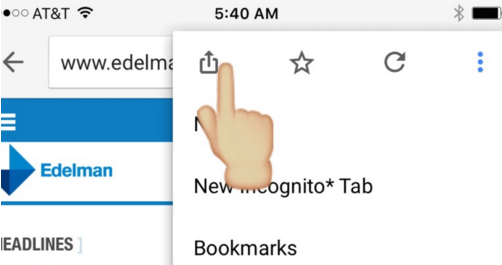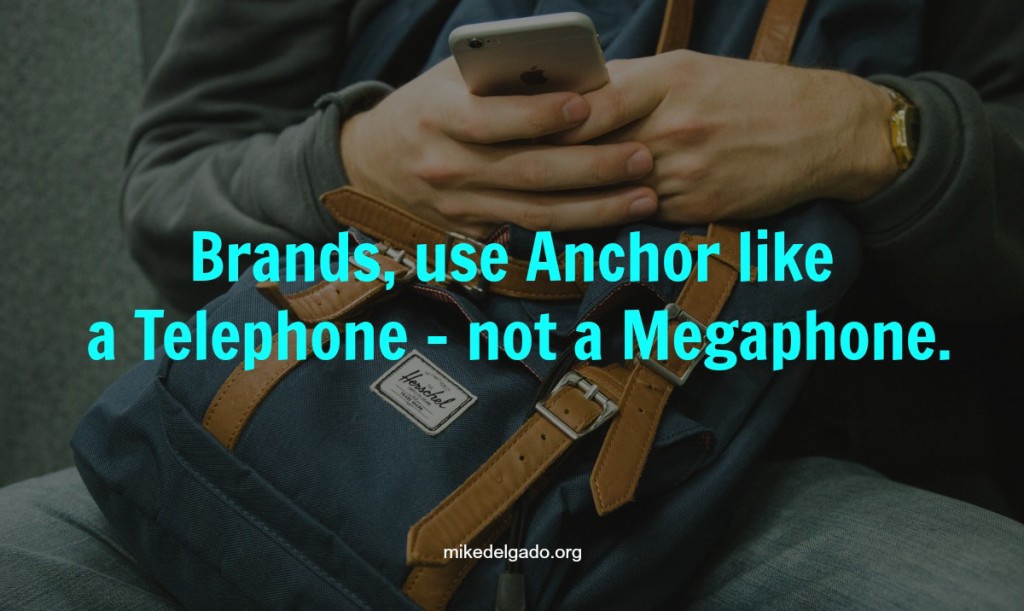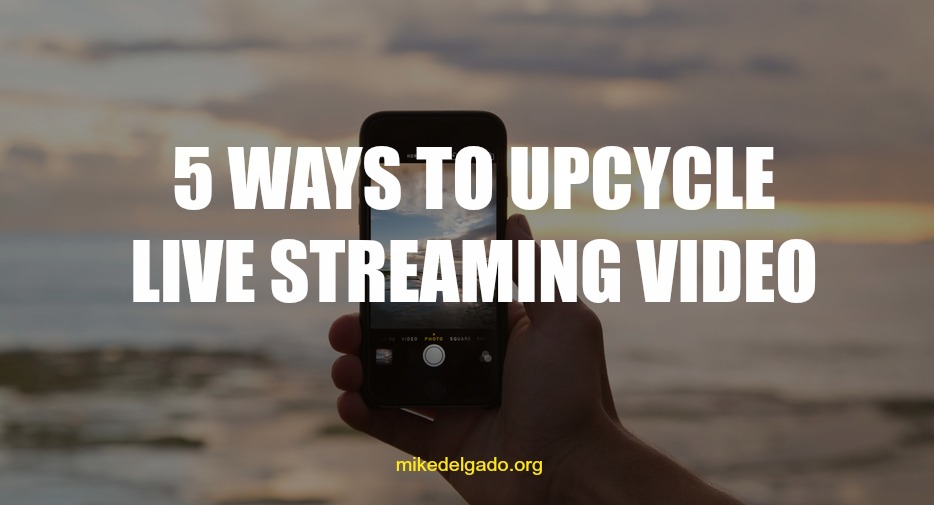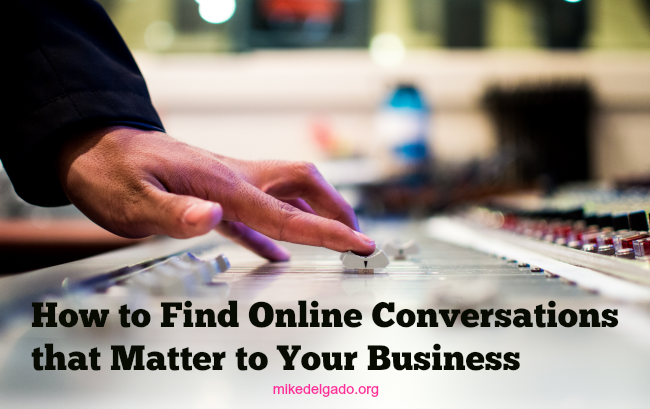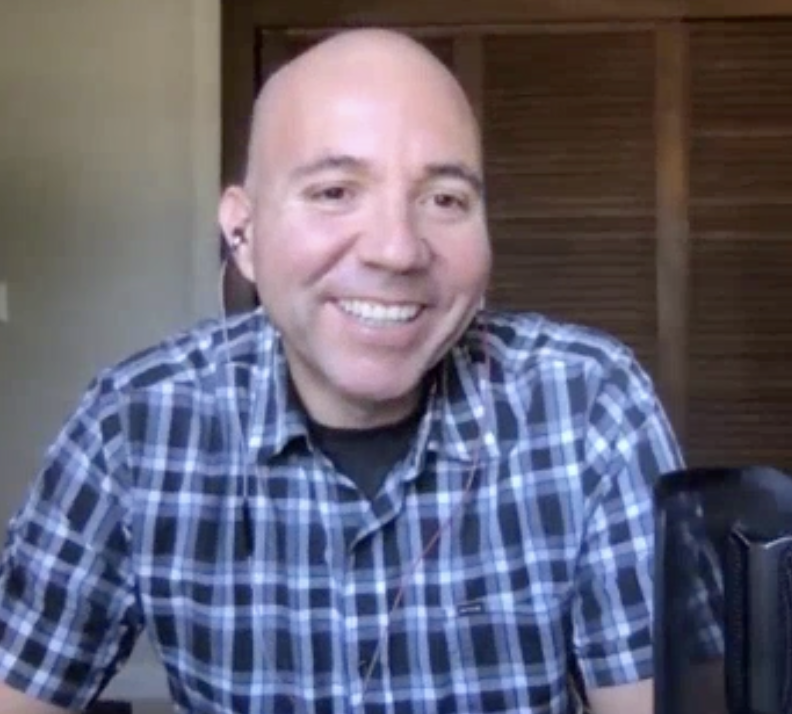Steps to Building a Successful Anchor Strategy for Your Business
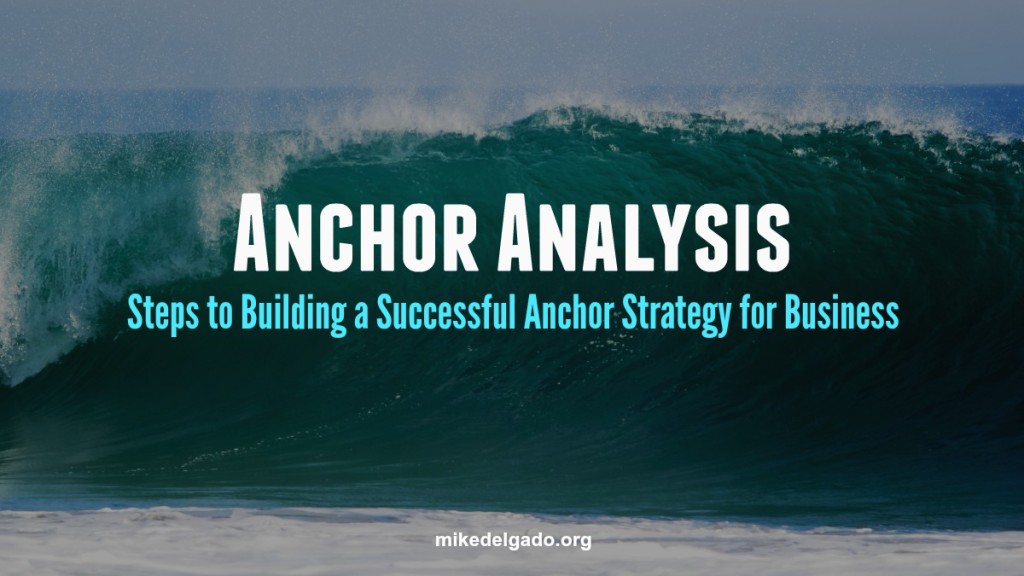
I know your business might be tempted to use Anchor like a broadcasting tool. However, that would be missing the whole point of Anchor.
Anchor is your telephone, not a megaphone. The Anchor community prefers personal and authentic conversation, not polished lectures.
Before diving in, you need to consider the business challenges:
- Your target audience might not be on Anchor (yet)
- Your target audience might not want to engage with you on Anchor
- There are no analytic platforms to help you measure success
- You might not have time in your day to engage in audio conversations
- You’ll need to know how to handle complaints and/or customer care through audio
- Anchor might not fit with your overall social business strategy
- You might not know who should be “the voice” for your brand
There are many other reasons why your brand might avoid Anchor right now.
And that’s okay.
You shouldn’t join a social media channel unless it aligns with your business goals. That said, if your business goals include improving engagement with your target audience and increasing trust, Anchor is a great social network to do this.
